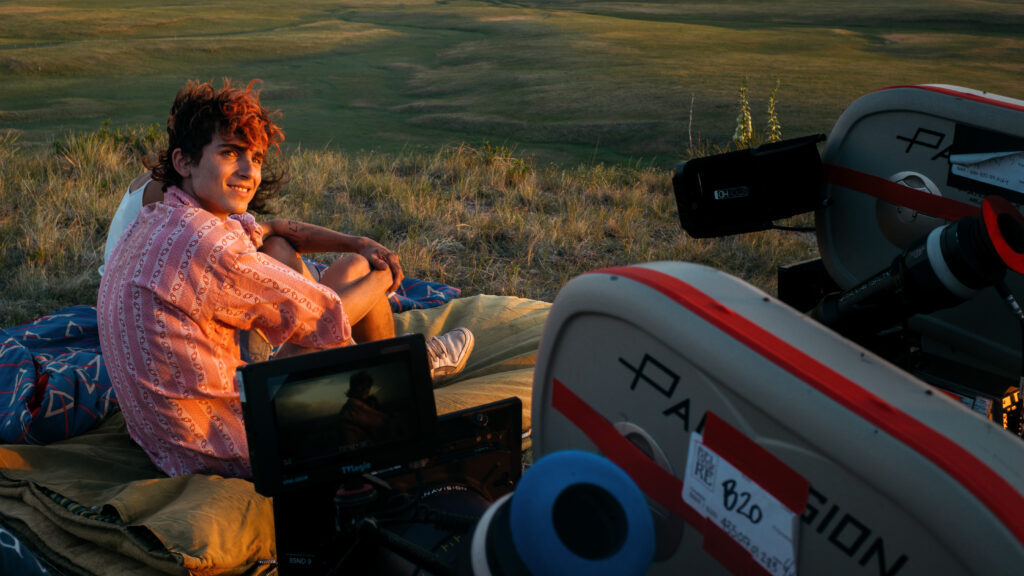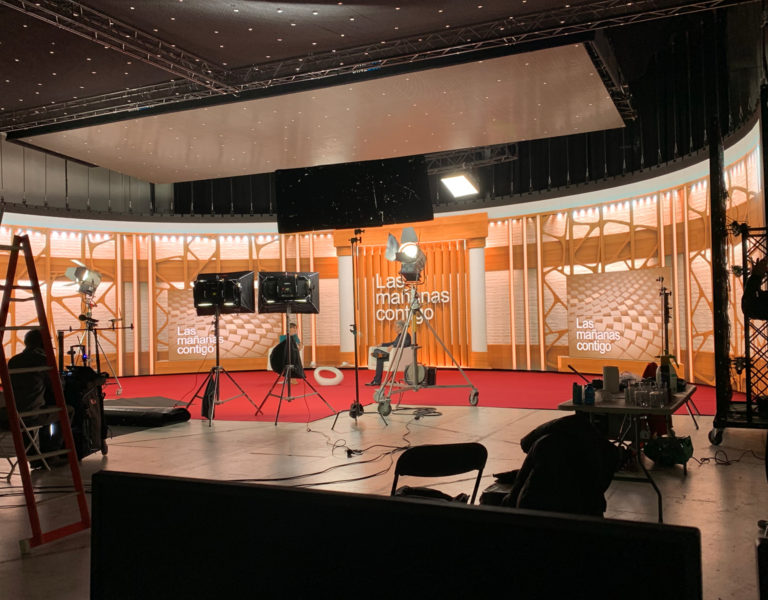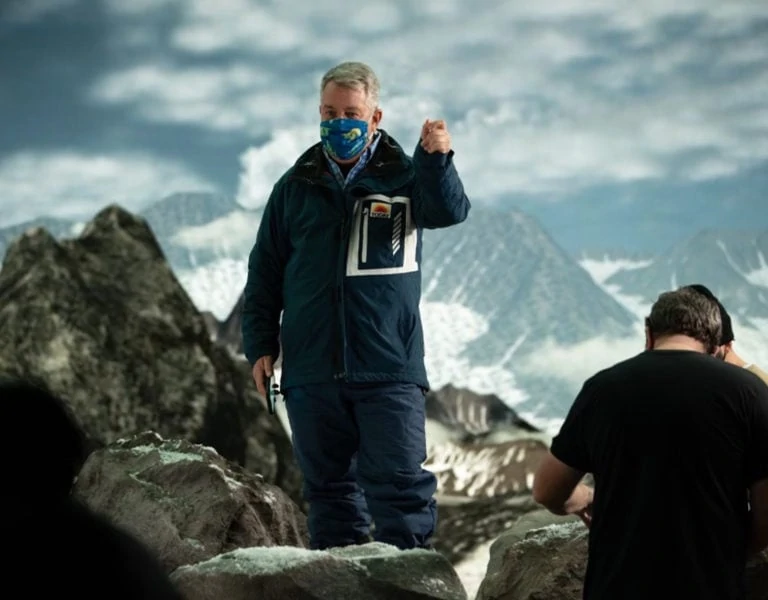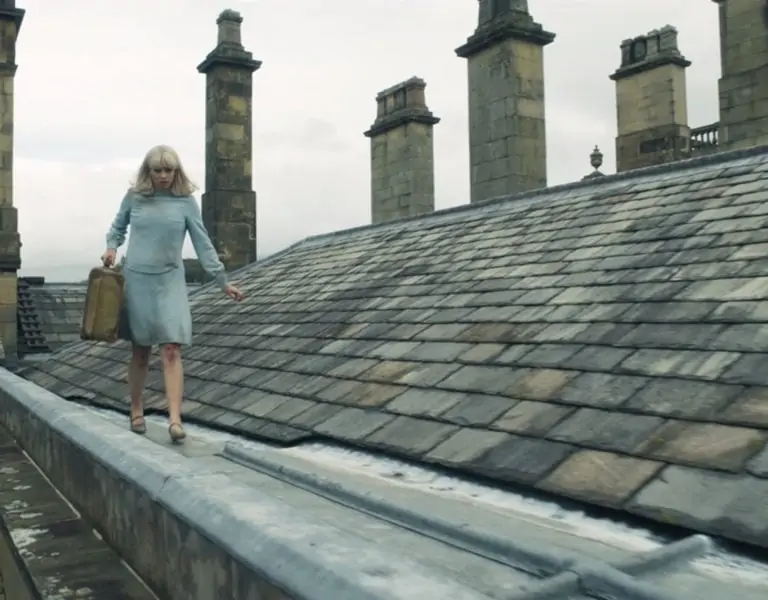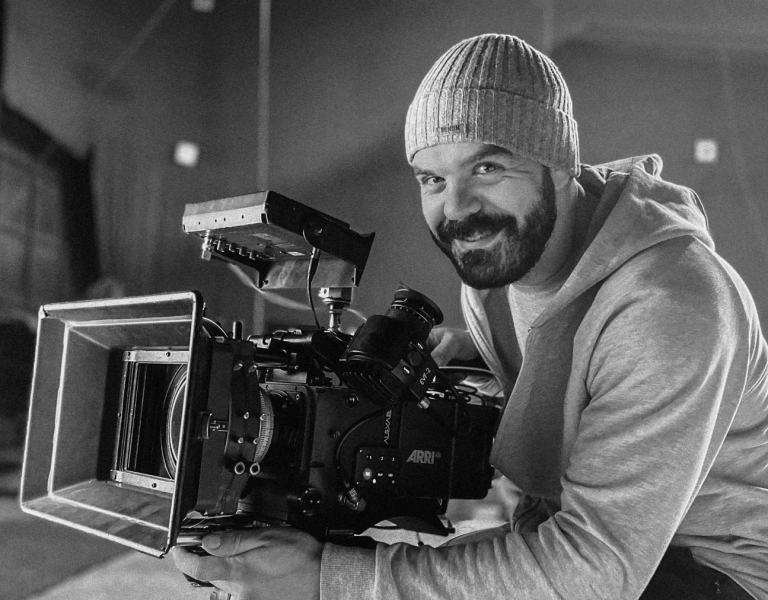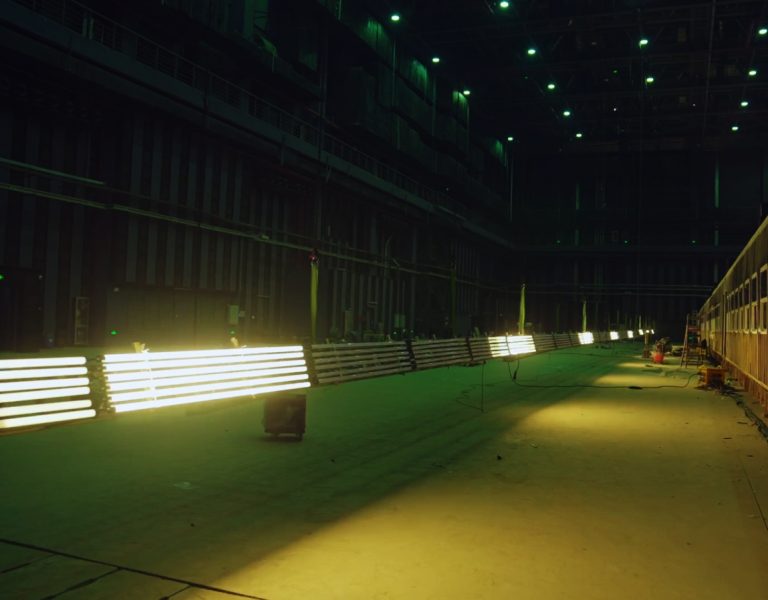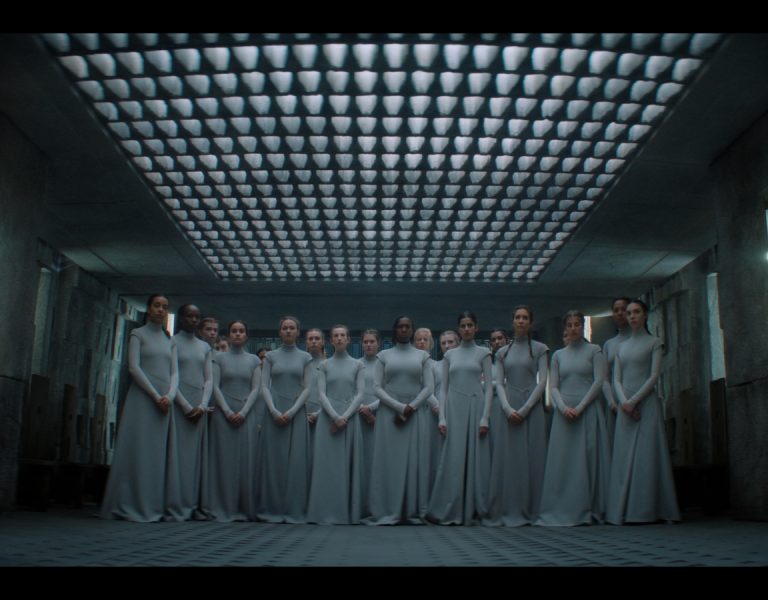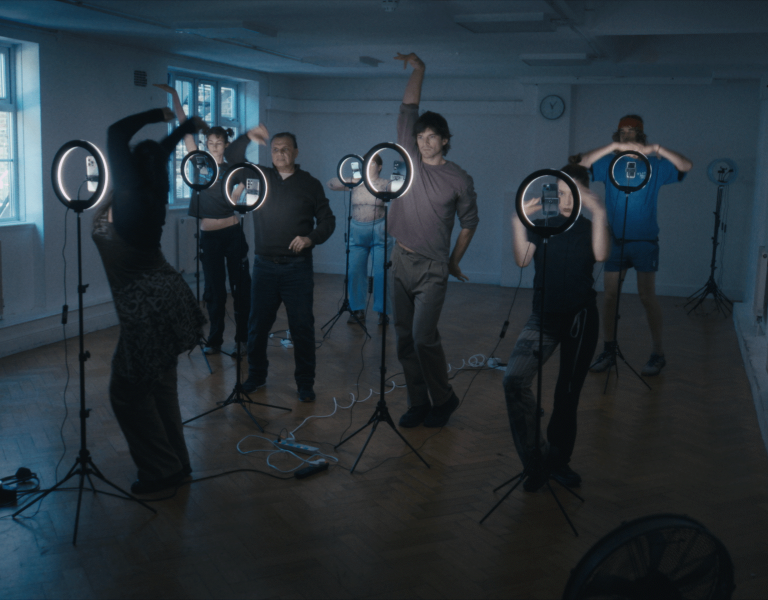BONE APPÉTIT
For his first US feature, Call Me by Your Name director Luca Guadagnino enlisted the help of a young Belarusian DP with a flair for film. Arseni Khachaturan gives us a fascinating insight into his lensing of cannibal coming-of-age tale Bones and All.
It’s ironic that a film about eating proves the ultimate appetite suppressant, but Bones and All’s visceral cannibal romance provided plenty of food for thought for cinematographer Arseni Khachaturan. Adapted from Camille DeAngelis’ 2015 young adult novel of the same name, Bones is a road trip movie with a distinct difference: the lovestruck nomads travelling the American Midwest happen to eat people. And those are the perfect ingredients for shooting on film, the DP notes.
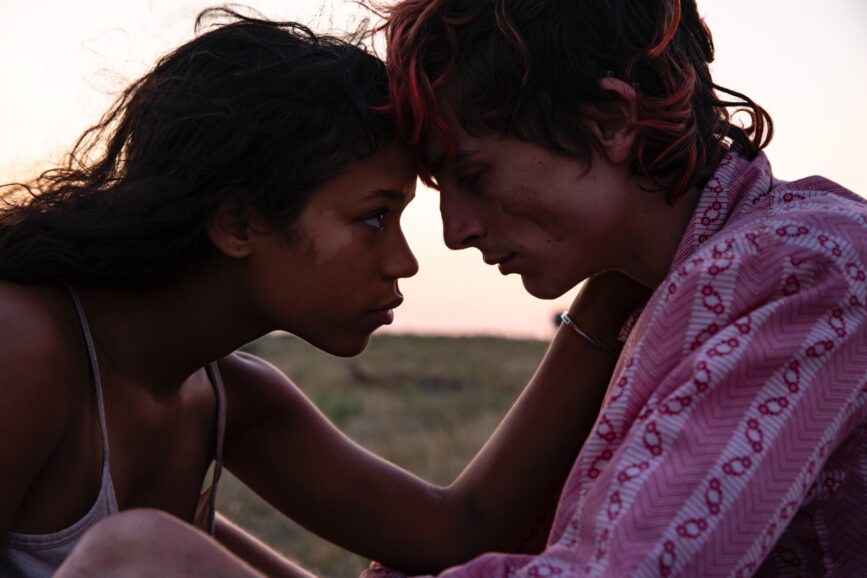
“All these things have a very tactile presence on screen,” Khachaturan says. “This is going to be human, and it’s going to be hot, sweaty and bloody – we had to shoot on film.”
The son of a photographer, Khachaturan was born and raised in Belarus before moving to New York aged 18, where he has lived ever since. The 28-year-old is no stranger to the analogue world. Indeed, it was his work on film on his 2020 breakout, Beginning, from acclaimed Georgian director Déa Kulumbegashvili, which caught the attention of Bones’ director Luca Guadagnino, while he was president of the 2020 San Sebastian Film Festival jury.
Guadagnino originally slated the DP to shoot his Brideshead Revisited revival, but with the project on hiatus, he brought the DP’s flair for film onto Bones instead. Although this would be his first major US feature, he approached it in the same way he does every project; by studying Guadagnino’s oeuvre. “I looked at every single thing he’d ever shot – his short films, features and documentaries,” he remembers. Rather than specific filmic references, the pair also discussed cinematographers who’d ended up shooting in the US – Vilmos Zsigmond ASC and Néstor Almendros ASC – as Bones was culturally embedded in ‘80s America. Most of the film is shot on location, across Ohio, Kentucky, Indiana, Michigan and the vast grassland landscapes of Nebraska.

Given the setting, eschewing digital felt like a natural choice. The team opted for the Kodak Vision3 500T 5219 stock. “The intention to shoot on film came from Luca, first and foremost, and I was completely on board,” Khachaturan explains. “I think it’s a very physical and gentle experience because we have to babysit this negative as if it’s golden. It’s afraid of light, of dust, of temperature… It’s afraid of everything in the world, so we take care of it and it’s our little baby.
“Also, isn’t there a certain mystery in that also you don’t see what you get? You see something on the monitor, but what comes back from the lab is a completely different thing. It’s very magical because you never really know. There’s a certain appeal to it.”
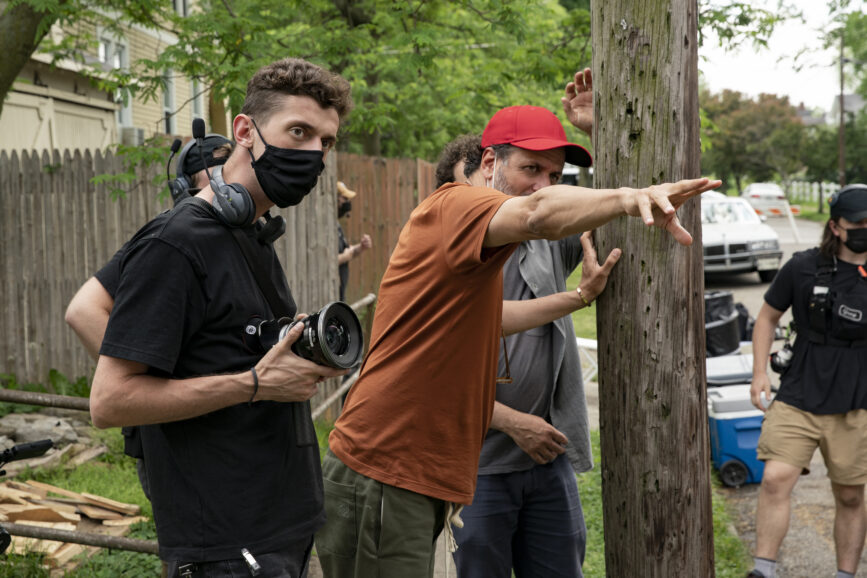
Khachaturan’s kit was sourced from Panavision with the help of long-time collaborator Marni Zimmerman. The camera package included two Panaflex Millennium XL2s and an Arriflex 235. “I’ve been working with Panavision since I moved to New York 10 years ago, and they’ve always been a reliable partner who always have my back,” the cinematographer says. “I’m a huge fan of their glass and their cameras. And because it was Luca’s first American film, I thought it’s going to be a nice sentiment to [work with] this great American company.
“The lenses are great. And you know, we tested a lot of vintage lenses from that era – the ‘70s and ‘80s – and they produce this lush, rich, American look that I thought was very appropriate for the film.”

The team tested a variety of lenses, putting on a screening at Technicolor Postworks to make their final choices. Guadagnino’s pick were the Ultra Primes, much to Khachaturan’s delight: “They’re incredibly graceful and painterly.”
Guadagnino, whom Khachaturan describes as a “visionary”, was a very hands-on director. “He would set up the frames, choose the shots, decide the movement, and then we would always bounce back and forth and talk about it.” Khachaturan’s wider team included camera operator Bianca Butti, 1st AC Riley Keeton, 2nd AC Helen Cassell, loader Greg Howard, gaffer Russ Faust and key grip Michael Stoecker.
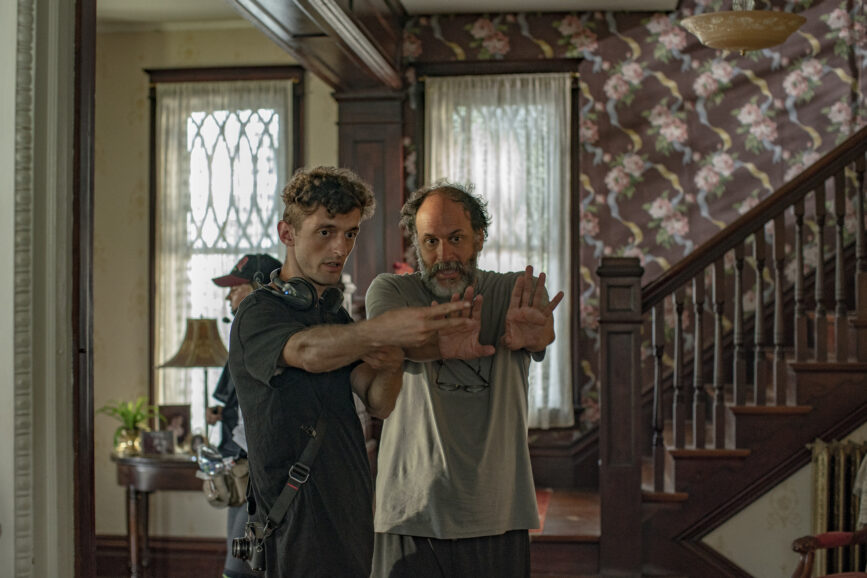
One of Khachaturan’s proudest moments from filming involved capturing a driving sequence with leads Taylor Russell and Timothée Chalamet in Filming there was hampered by time constraints and apocalyptic weather conditions, but the third time they attempted the shot, the end result was even better than expected. “The thunder you see in the sky is real – it’s not VFX,” he explains. “There is a moon behind her which is also real. I’m really proud – not of the moon and the thunder so much, but the fact that Luca kept insisting we go back there, and it worked out so beautifully.”
Another challenging aspect of production came in a more unlikely form: a plague of cicadas. “For the first time in 17 years they decided to come out and it was mayhem,” the DP. “They were everywhere: in my hotel room, in my car. There were thousands of them, every day on every location.”
